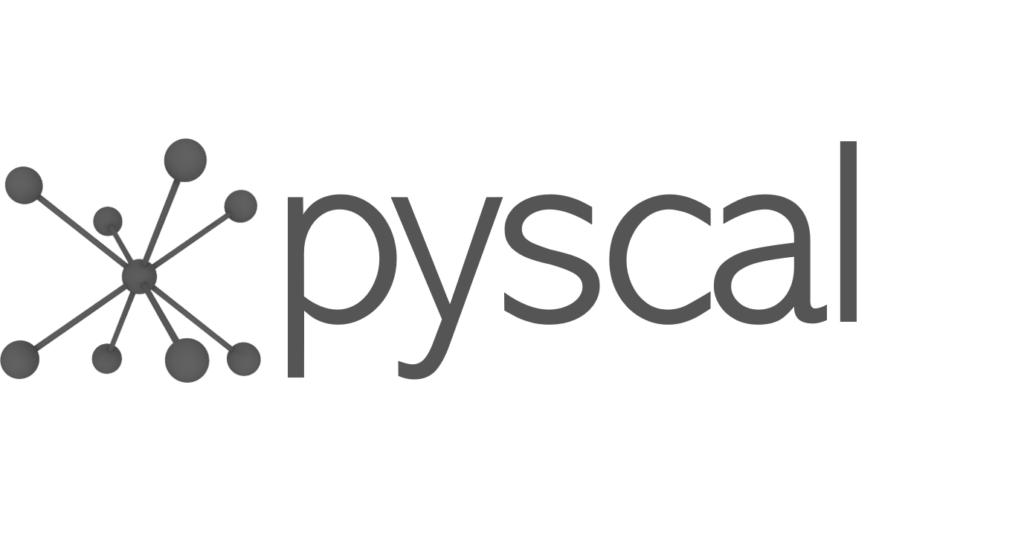E-CAM High Throughput Computing Library
This module is the first in a sequence that will form the overall capabilities of the E-CAM High Throughout Computing (HTC) library. In particular this module deals with creating a set of decorators to wrap around the Dask-Jobqueue Python library, which aspires to make the development time cost of leveraging it lower for our use cases.
The initial motivation for this library is driven by the ensemble-type calculations that are required in many scientific fields, and in particular in the materials science domain in which the E-CAM Centre of Excellence operates.
One specific application for this module is the study of “rare events” in theoretical and computational chemistry, a particularly relevant topic for E-CAM . Many problems in biological chemistry, materials science, and other fields involve events that only spontaneously occur after a millisecond or longer (for example, biomolecular conformational changes, or nucleation processes). That means that around 1012 time steps would be needed to see a single millisecond-scale event.
Modern supercomputers are beginning to make it possible to obtain trajectories long enough to observe some of these processes, but to fully characterize a transition with proper statistics, many examples are needed. In order to obtain many examples the same application must be run many thousands of times with varying inputs. To manage this kind of computation a task scheduling high throughput computing (HTC) library is needed. The main elements of the mentioned scheduling library are: task definition, task scheduling and task execution.
While traditionally an HTC workload is looked down upon in the HPC space, the scientific use case for extreme-scale resources exists and algorithms that require a coordinated approach make efficient libraries that implement this approach increasingly important in the HPC space. The 5 Petaflop booster technology of JURECA is an interesting concept with respect to this approach since the offloading approach of heavy computation marries perfectly to the concept outlined here.

